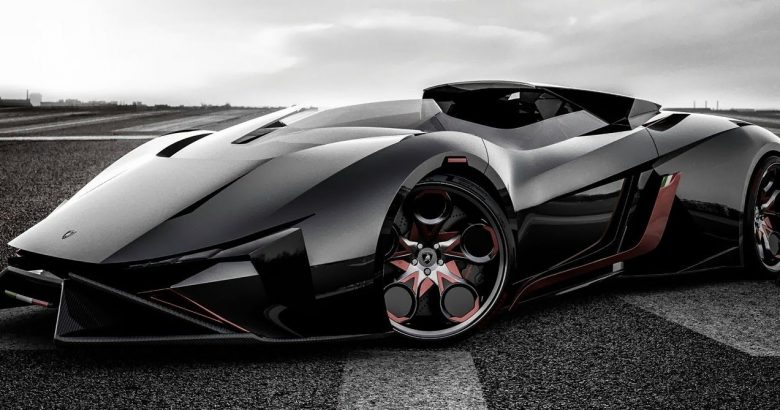
4 Automotive Fantasy Technologies That Are Almost Here
Back in the golden days of the 1960s when Hanna and Barbera cartoons were the rage, we were constantly treated to whimsical visions of what transportation in the future would be like. Whether it was just regular cars, aircraft or George Jetson’s spaceship, the future seemed awfully farfetched back then. Well, fast forward 50 years and some of these fantasies are coming closer to fruition. In fact, some are just a few years away. Let’s take a look at several technologies that are going to change the way we drive and live.
Inter-car communications
Today we have “connected cars” that communicate with cellular towers, Bluetooth devices and other devices. Get ready for the next step. Soon our cars will communicate with each other and will form a local network. The goal of this network will be to do things like: improving the flow of traffic, avoiding collisions and alerting drivers to upcoming traffic situations. Far fetched? The concept is being tested now at the University of Michigan’s Transportation Research Institute in a year-long test of 2,800 connected cars.
Autonomous cars
You’ve undoubtedly heard about the massive effort going into autonomous cars research today. Autonomous cars drive themselves by utilizing a system of cameras, sensors, radar, lasers and artificial intelligence software. Google is at the forefront of this research but many more companies, such as Tesla, are deeply involved. You may be wondering why this is such a big deal. A human will still be behind the wheel for the foreseeable future, right? One answer comes from the folks Patterson Chrysler of Kilgore, a local Chrysler, Dodge, Jeep, Ram dealer in Kilgore, TX. They explained to us that fleets of autonomous cars and trucks would have humans aboard but their driving would be augmented by a connected driving system. The result would be a dramatic reduction in traffic jams and vehicle accidents. That’s hard to argue against. The other answer is that self-driving cars could be great for the daily commute. Just imagine sitting back and doing work as you car drives you to work.
Nationwide quick-charge networks
A common “Why-I-wouldn’t-buy-an-EV” excuse concerns the range that EVs have. In other words, how far will my car travel before it runs out of juice? If it is less than what your daily commute is, well this is a problem. Enter the automakers to help build out the infrastructure across the US. Nissan, maker of the Leaf EV, has announced a partnership with CarCharging to add chargers in California and on the East Coast. Dozens of quick-chargers have already been installed in select states under federal-private programs operated by ChargePoint and Ecotality. When these charging stations start to be common, the sales of EVs should sky rocket.
Multiview Heads-Up Display
Today, heads-up show a few pieces of key information on the windshield, things like how fast you’re going, what gear you’re in, what direction you are traveling and such. This reduces the driver’s need to take their eyes off the road. The “Super Multiview Head-ups Display” concept brings this idea into the future. Imagine road warnings, turn-by-turn navigation arrows indicating your next turn or street names appearing virtually in the distance right on your windshield. Someday you might even be able to drive safely in soup-heavy fog with a head-ups display that is integrated with adaptive cruise control and in-car cameras. Amazing stuff!